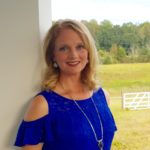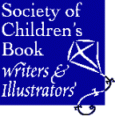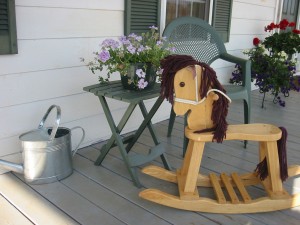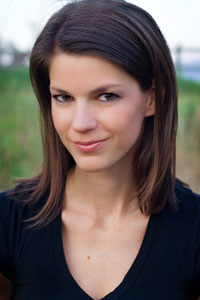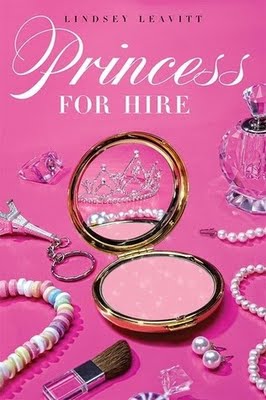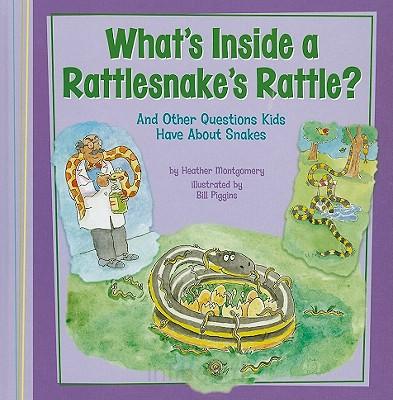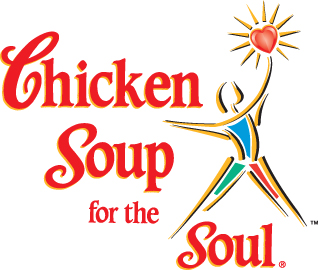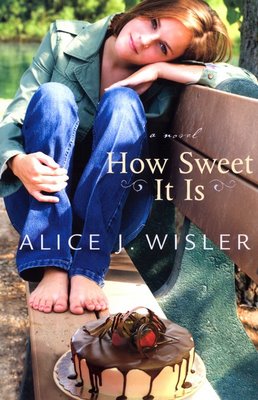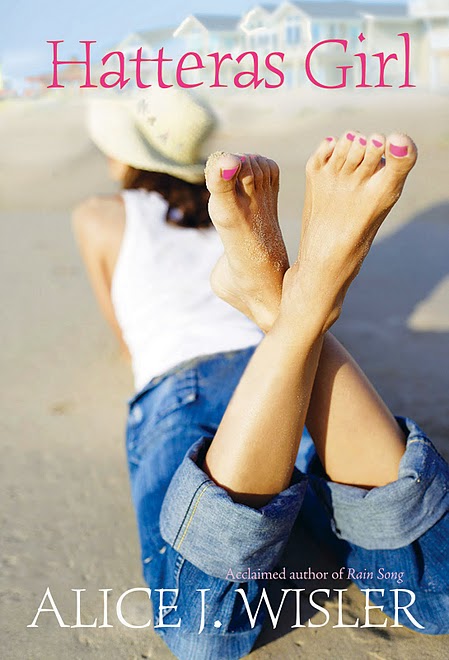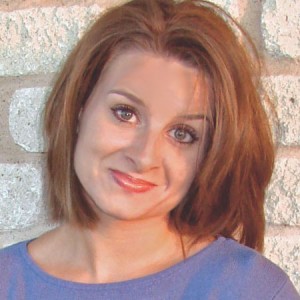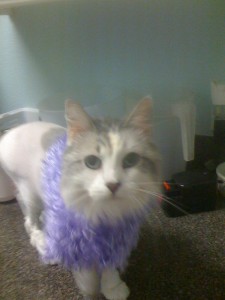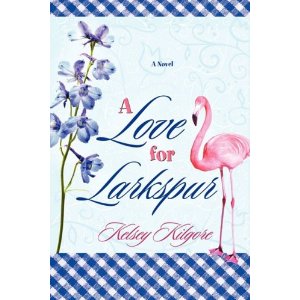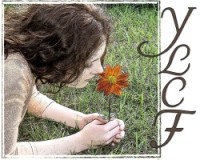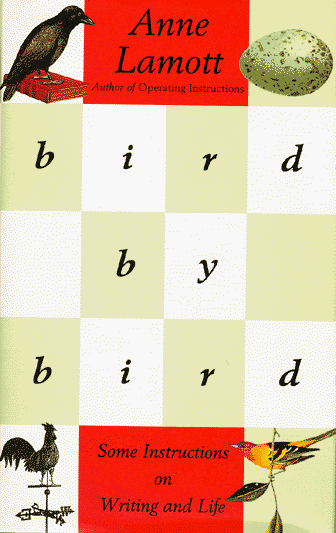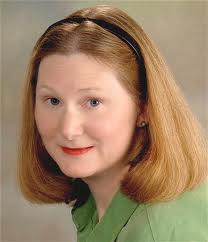
I’m happy to welcome Hester Bass as my guest today. If it’s possible to fall in love with a picture book, I fell head over heels for Hester’s award-winning book, The Secret Life of Walter Anderson. I think you will too, when you hear the story behind it!
Hi Hester. I loved your book! Can you tell us how you got the idea to write it?
Thank you, Heather! This book did percolate for a long while. Here’s the scoop. In the early 1980s, my husband Clayton and I were introduced by a Mississippi friend to the work of Walter Anderson, and we were captivated by his broad range of work and adventurous life.
We first saw an exhibition of his work in the mid-80s in Columbus, Georgia and then in 1992 we visited the Walter Anderson Museum of Art (WAMA) in Ocean Springs, Mississippi. Anderson’s work seemed to vibrate with intensity, we were transfixed by the murals, and the town of Ocean Springs with its warm friendly people and main street lined with ancient live oaks charmed us instantly.
In 1996, my husband accepted the position of executive director of WAMA and we moved our family to Ocean Springs. I got to know the extended Anderson family, learning more and more details about this extraordinary American artist. I performed as a storyteller then and told Anderson’s life story to the school groups who visited WAMA. The children really leaned into the tale of a man who rode a bicycle instead of driving a car, who could draw with a crayon as expertly as with pen and ink, and who had a special relationship with nature.
Wow! I can see how kids are drawn to his unique personality.
I was absolutely compelled to tell the story of a man who lived under his boat on the beach of an uninhabited island, sometimes eating whatever washed ashore, so he could capture in words and pictures the beauty of the Gulf Coast. I wrote the first draft in 2001, sold the manuscript in 2006, and the book came out in 2009 — but, in a way, it took me over 25 years to write this book.
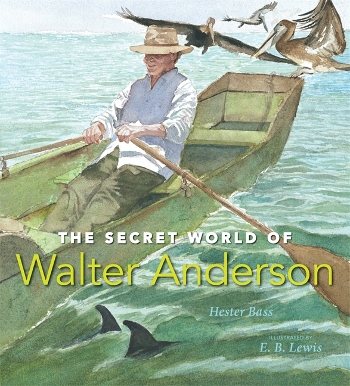
It was definitely worth the wait! In light of the recent Gulf oil spill disaster, what do you think readers can learn from the life of Walter Anderson?
Although Walter Anderson was widely traveled, most of his art represents what surrounded him every day — pelicans, dolphins, and turtles right down to the lizards, dragonflies, and shrimp — and everything he loved on the Gulf Coast has been threatened by this oil spill. It is an unfathomable tragedy, likely to have even more long-term effects than Katrina.
Walter Anderson was as much as naturalist as an artist and a keen observer of nature. He was among the first to sound the alarm in the 1960s against the effects of DDT on the pelicans, since he saw that something was thinning their eggshells and threatening the species.
I didn’t know that about DDT and pelicans. That sounds scary.
Walter Anderson spent his life striving to bring art and nature into one thing, and I think he succeeded. When I look at his art, the vibrancy of the image draws me in and l have a new appreciation for whatever he is showing me. While I hesitate to place a meaning on anyone’s life or art because every reader or viewer brings his or her own interpretation to bear on the work, I can share the meaning that Walter Anderson’s life speaks to me: get outside and experience the infinite beauty of the natural world.
This is especially important for children. The environment and way of life of the American Gulf Coast are treasures that must be preserved and protected for all to enjoy, and I hope stricter safety measures will be placed in effect to secure greater safeguards against environmental degradation in the future.
I agree. In your book, Walter Anderson often visits Horn Island. Where is this island located? Have you ever been able to visit it?
Horn is a barrier island about twelve miles off the Mississippi Gulf Coast. The only way to get there is by boat. I’ve been there several times, and it truly is a magical place that makes me feel I am at the edge of the world. It’s now part of the Gulf Islands National Seashore and a ranger lives there, but Horn retains the feel of an uninhabited island. There’s no dock so you pull into the shallows and wade ashore as the fish and crabs scurry out of your way. Very quickly though, if you are still and quiet, nature closes back in around you and one begins to realize the appeal of such a place for an artist.
Anderson wrote that he wanted to become a part of nature and not an interruption to it, and this is possible on Horn. Yes, the temperatures can be extreme and the insects are legendary, but Horn is one of my favorite places in the world.
Oh, you make me wish I could go there! Your text goes along beautifully with the amazing illustrations of E.B. Lewis. How did the two of you get matched up to work together?
One of the biggest misconceptions about writing for children is that authors and illustrators work together; usually they don’t talk about the project at all, much less meet, but this case was different. My fabulous editor at Candlewick Press asked my opinion regarding an illustrator, and I felt E. B. Lewis was a superb choice; he’s a gifted watercolorist and someone whom I felt would understand Walter Anderson’s journey as an artist. We met at a conference in 2007 but didn’t talk about the book; we just got to know each other a bit. I learned it was his habit to use photographic references and that he posed models and props to achieve the look he wanted.
In July 2008 I received an invitation to accompany him to Ocean Springs, Mississippi since I knew the people and could help him gain access. We spent a very busy but very fun week in Mississippi, and two of Walter Anderson’s children graciously posed as their parents. His other two children offered their support with locations and getting us to Horn. Many people on the coast have commented to me that E. B. really captured the light and the water accurately, both hallmarks of E. B.’s gorgeous paintings.
Yes, the water is painted so beautifully in the book.
Luckily folks will soon have a chance to see those paintings for themselves in an exhibition called “Creating The Secret World of Walter Anderson” that will open at WAMA in September 2010 and then tour other museums. The show will feature the sketches, photographs, and other aspects of the preliminary work; all the paintings used as illustrations in the book; and originals by Walter Anderson. I’m excited to see all this in one place myself!
I hope this exhibit will travel to a museum near me — I’d love to take my family to see it. Were you surprised when your book won the “Orbus Pictus Award for Outstanding Nonfiction for Children?” What is this award all about? Has it opened any doors for you?
Oh my goodness — yes! — “surprised” is an understatement. The annual NCTE Orbis Pictus Award for Outstanding Nonfiction for Children is given by the National Council of Teachers of English, established for “promoting and recognizing excellence in the writing of nonfiction for children” following the literary criteria of accuracy, organization, design, and style. It’s a big deal, to say the least!
I happened to meet the chair of the Orbis Pictus Committee at a conference in New Orleans in November 2009, and she mentioned that she had seen my book and liked it. Well, I was thrilled just to know that the committee was aware of it! The NCTE was set to announce the award on the same day in January as the ALA awards — the American Library Association announces several awards that day, including the other national award for children’s nonfiction: the Sibert Medal — so that day was marked on my calendar as it is every year since it’s considered the “Oscars” of children’s literature. (One hopes but one does not expect, if you know what I mean. 😉 )
The weekend before the announcement I was at a book festival in Texas — Beauty and the Book — rooming with the lovely and talented Kerry Madden. After a very full Friday, I checked my e-mail about 11:30 at night and found one with the simple subject “news” from the Orbis Pictus committee chair.
She said that knowing I was out of town and that ALA’s conference was in Boston — meaning that likely everyone from Candlewick Press was there — she thought I might not hear the “news” in a prompt manner so she suggested I visit the NCTE website since it had been updated a little early. “Congratulations!” she said. Hmmm. When I clicked the link and saw my book cover load in, I screamed — you can check with Kerry — and whooped and hollered with joy! Then I started making the phone calls — yes, at nearly midnight — which continued into the next day.
I really can’t describe the exhilaration of that moment. An award like the Orbis Pictus brings so much attention to the book — and thus to Walter Anderson and his incredible art — that I could never accomplish on my own. I am so deeply grateful, and look forward to thanking everyone in person when I accept the award at the NCTE conference in Orlando in November 2010.
That’s true — all the attention your book gains will help increase awareness of Walter Anderson’s life and work. On a different subject, when I’ve heard you speak at SCBWI conferences, you seem to have a heart for encouraging new writers. What advice would you offer to a writer who has a dream on one day publishing books for children? Is it worth the ups and downs and all the risk?
To answer your second question in a word: yes. It’s worth it. Writing, as any creative pursuit inevitably does, involves the risk of exposing some of your inner life to the opinions of others, which can be very tough to bear. You have to want to write, to be published, to promote, to work hard on every aspect and understand that writing is an art but publishing is a business.
You have to want to succeed and “keep your eyes on the prize” because along the way there will absolutely be setbacks, criticisms, and disappointments to be sure. But. If you work very, very hard to put only your very, very best work in front of an agent or publisher, dreams can absolutely come true; I am living proof.
You’re right, I do love to encourage new writers. I remember very well what it was like to be one because I still am a beginner. I learn new things about myself through writing every day and hope to never lose that beginner’s mind and enthusiasm.
My advice for the dreamers: Go for it. Read constantly, especially in the genre of books that you want to write. Read books on the craft of writing and discover how you work best. Attend conferences to network with writers and be critiqued by professionals. Get out and meet people who love stories — librarians, teachers, and booksellers.
Deconstruct favorite books to see how all the pieces fit together. In my opinion, it is much more important in the beginning to spend time polishing your work until it shines than to spend your time submitting work that is not ready. The greatest mistake most beginners make is to submit a manuscript to an editor or agent before it is the best it can possibly be.
Competition is fierce, but a finely crafted story with vivid characters and a snappy plot that hooks a reader and won’t let go is what every editor is looking for.
Thank you for all of this advice! You’ve encouraged the dreamer living in all of us. Hester, is it true that you once appeared on the TV game show, “Who Wants to Be a Millionaire?” What was that like? Did you get really nervous or was it mostly fun?
I’ve actually been on two TV game shows and let me tell you, it was fun fun fun! I was on “The $50,000 Pyramid” with Dick Clark when I lived in New York back in 1981. I won a pen and pencil set, some car wax when I didn’t own a car, and some towels. My game went to a tie-breaker and I lost by a few seconds so I didn’t get to the Winner’s Circle.
Then after two-and-a-half years of trying to get on the show, I returned to New York in 2002 to be in the Hot Seat on “Who Wants To Be A Millionaire” in its first season of syndication with Meredith Vieira. I had been writing for a year or so but needed a cash infusion to get serious about it — attend conferences and such — so this would be, as they say, “life-changing money” for me.
What a dream come true!
Being a game show contestant is definitely nerve-wracking, but I’ve been an actress and a singer and was somewhat accustomed to the pressures of performing in front of an audience. Still, being in the Hot Seat is a unique experience — one mistake and you’re out. I relaxed a bit once I’d used all my “lifelines” at $16,000; then it was just me and the questions.
I successfully reasoned or just plain guessed my way to the $250,000 question, and when I saw it was about “Star Trek” I thought I had it for sure — but it was something that was never on the show. Play along!
Lt. Uhura’s name comes from a Swahili word meaning what: Heaven, Freedom, Travel, or Justice. I felt sure it wasn’t “Heaven” or “Travel” but I couldn’t choose between “Freedom” (the obvious answer, I thought — too obvious) or “Justice” (which could also fit the times and the character) so I had to walk away with $125,000. Whee! I couldn’t sleep until I got back home.
That’s still absolutely amazing!
Oh, and the answer? My guess would have been “Justice” and it would have been wrong: the answer was “Freedom.” I’ll never know what my last two questions would have been, and you know what? That’s okay, I’m happy. 🙂
I can see why — you still came home with plenty to get you to that first writer’s conference. One more question — what’s next for you? Are you working on another book or planning a new adventure? Do you still want to be in a movie and go visit New Zealand?
Next up: I’m going on tour again to appear at bookstores and speak at conferences. I’ve got some school and library visits on my calendar. I’m thankful to say the book also won the 2010 SIBA Book Award for Best Children’s Book given by the Southern Independent Booksellers Alliance, so I’ll be headed to their conference to thank all the marvelous book lovers who keep independence alive.
Congratulations!
Of course I still want to be in a movie (hint, hint to Christopher Nolan — my favorite director!), and New Zealand is the #1 place I want to visit (all those locations from the Lord of the Rings movies — wow!) and my list goes on and on.
I am always writing new stories but I don’t like to talk about them until I have a signed contract; then I can barely stop talking about them. Look for more nonfiction — especially picture book biography — and I hope to break into fiction. I’m writing/ rewriting a novel. So I better get back to it.
Thank you so much for taking the time to share with us, Hester, You’ve inspired us with our own writing journeys!
Thank you for inviting me to your blog.
Please visit Hester Bass at her website to learn more about her and her wonderful books. I love this quote she shares from Walter Inglis Anderson:
“True art consists of spreading wide the intervals so that imagination may fill the space between the trees.”

